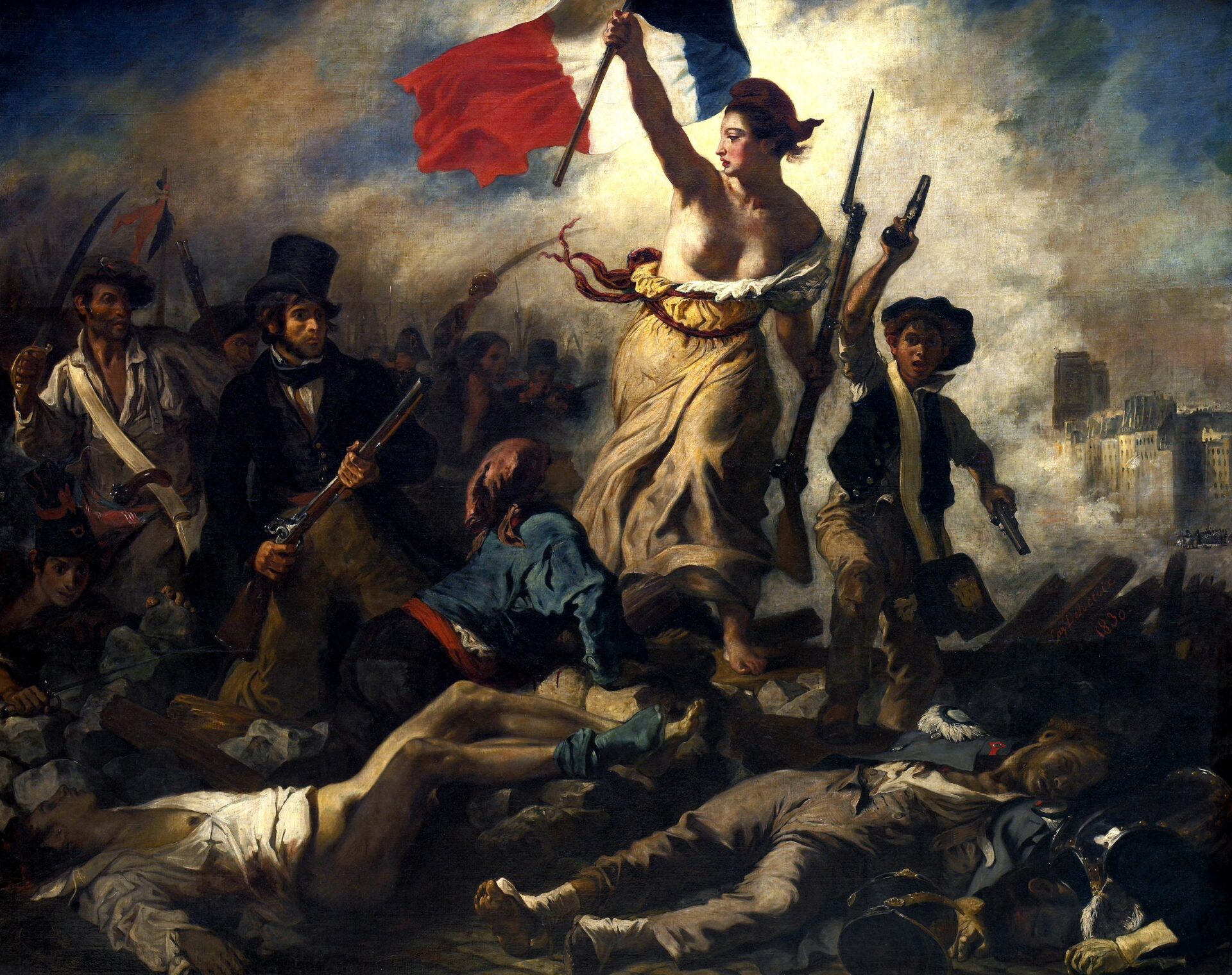The course of revolution in Poland contrasted tragically with that in Belgium. In 1815 the kingdom of Poland had the most liberal constitution on the Continent; twenty years later it had become a dependency of the Russian Empire.
The constitution given to the Poles by Czar Alexander I preserved the Code Napoleon and endowed the Diet with limited legislative power. A hundred thousand Poles received the franchise. In practice, however, difficulties arose. Many of the men chosen for official posts in Poland were not acceptable to the Poles; indeed, probably no government imposed by Russia would have satisfied them. Censorship, unrest, and police intervention marked the last years of Alexander I.
The advent of Nicholas I in 1825 increased political friction, although the new czar at first abided by the Polish constitution. Meantime, romantic nationalism made many converts at the universities of Warsaw and Vilna (in Lithuania). Polish nationalists demanded the transfer from Russia to Poland of Lithuania, White Russia, and the Ukraine. Secret societies on the Carbonari model arose in these provinces and in the kingdom of Poland.
A secret society of army cadets in Warsaw launched a revolution in November 1830. Leadership of the movement was soon assumed by Polish nobles, but they were at best reluctant revolutionaries who had no intention of emancipating the Polish peasants. This was a revolution for national independence, not for righting the wrongs of the Old Regime. Radicals in Warsaw and other cities disrupted the revolutionary government, which collapsed in September 1831. Once the Russians were in control again, Nicholas I scrapped the Polish constitution, imposed martial law, and closed the universities.
In Italy and Germany news of the July Revolution in Paris stimulated abortive, revolutionary efforts. In 1831 Carbonari insurgents briefly controlled the little duchies of Parma and Modena and a sizable part of the Papal States. The revolutionaries counted on French assistance, but the July Monarchy had no intention of risking war with Austria. Again, as in 1821, Metternich sent troops to restore legitimacy in Italy.
In Prussia King Frederick William III (r. 17971840) had never fulfilled his promise to grant a constitution, though he did set up provincial diets. After 1815 German university students formed the Burschenschaft (Students’ Union), and in October 1817 students of the University of Jena held a rally. During the rally the Burschenschaft burned books by reactionary writers. In March 1819 one of these writers, August von Kotzebue, who was also a Russian agent, was assassinated by a student. Metternich used the incident to suppress student clubs, getting the Diet of the German Confederation to approve the Carlsbad Decrees (September 1819), which stiffened press censorship, dissolved the Burschenschaft, and curtailed academic freedom.
Despite the Carlsbad Decrees, mild political ferment continued in Germany, and the Burschenschaft reorganized underground. In 1830 and the years following, a few rulers in northern Germany, notably in Saxony and Hanover, were forced to grant constitutions. Excited by these minor successes and by the appearance of Polish refugees, thirty thousand revolutionary sympathizers, including many students from Heidelberg and other universities in the region, gathered at Hambach in the Palatinate in May 1832.
There they demanded the union of the German states under a democratic republic. Effective action toward unification was another matter. In 1833 some fifty instructors and students tried to seize Frankfurt, the capital of the German Confederation and seat of its Diet. The insurgents, together with hundreds of other students accused of Burschenschaft activities, were given harsh sentences by courts in Prussia and other German states.

